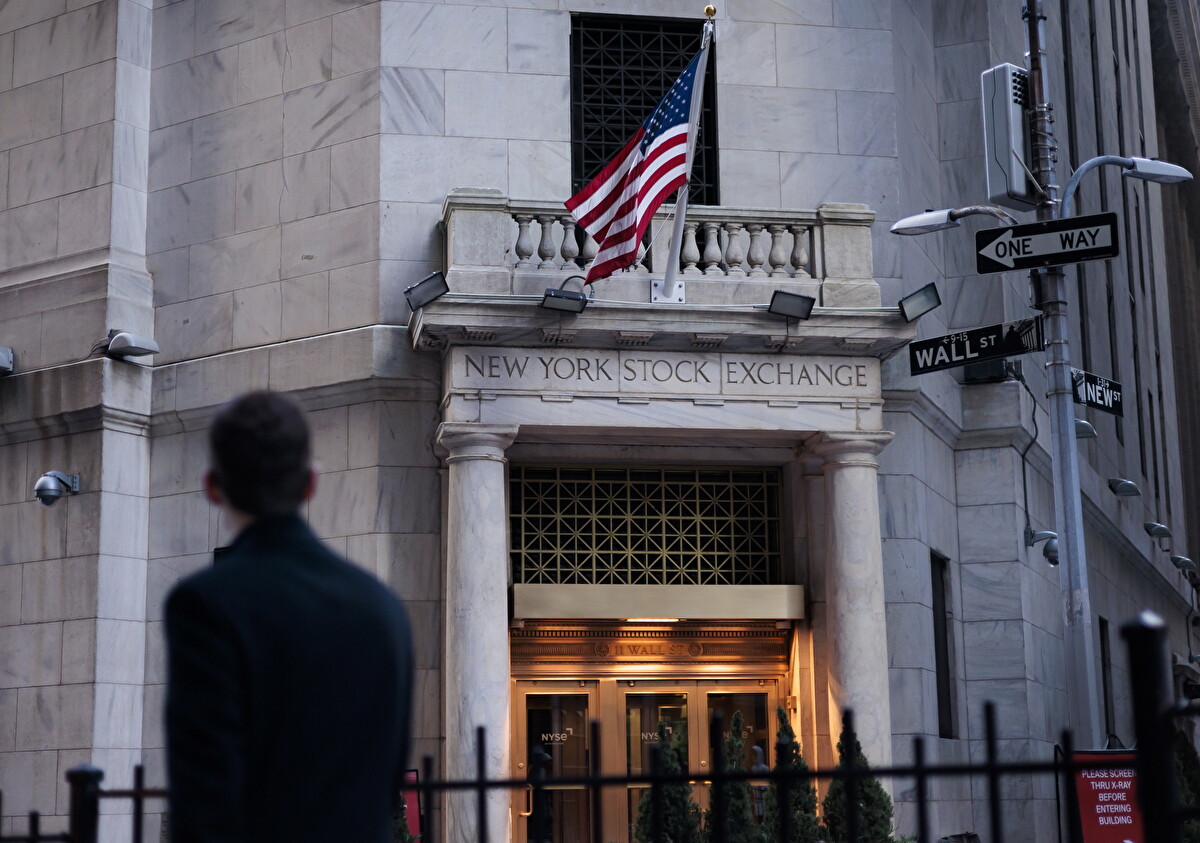Stablecoins are now under federal regulation. President Donald Trump on Friday signed the GENIUS Act into law, creating a legal framework for dollar-pegged digital tokens and giving oversight powers to agencies including the Federal Reserve and FDIC.
The signing ceremony at the White House drew lawmakers and top executives from major financial and crypto firms, including Robinhood, Tether and Gemini.
“We worked hard. It’s a very important act, the GENIUS Act. They named it after me,” Trump joked. “I want to thank you. This is a hell of an act.”
GENIUS, short for Guiding and Establishing National Innovation for U.S. Stablecoins, passed the House the previous day with support from 206 Republicans and 102 Democrats. The bill had faced resistance earlier in the week, when a group of conservative lawmakers delayed a procedural vote, forcing GOP leaders to broker a deal.
According to Trump, he and Vice President JD Vance made personal calls to win over the holdouts. “The good news is that I called them: ‘Hello, Jim, how are you?’ ‘Sir, you have my vote.’ Boom. One after the other. They just want a little love,” Trump said. “Unfortunately, it’s always the same twelve.”
Unlike the broader cryptocurrency market, the law focuses specifically on stablecoins, ie digital tokens tied to the value of external assets, typically the U.S. dollar. Stablecoins are used widely within crypto markets as a medium of exchange and a store of value, with the total market estimated at around $250 billion.
Under the new law, only federally authorized issuers will be allowed to create stablecoins, and those entities must comply with stricter conditions, including reserve segregation, monthly attestations, and minimum capital requirements. The legislation also introduces anti–money laundering and anti–terrorism financing standards, placing oversight in the hands of the Federal Reserve, the FDIC, and the Office of the Comptroller of the Currency.
Another provision assigns higher priority to stablecoin holders in the event of a bankruptcy. In such cases, coin holders would rank ahead of general creditors, though the law stops short of guaranteeing full restitution.
The White House has described the measure as a turning point for transparency and accountability in digital finance. But several legal and financial experts warn the framework leaves unresolved risks, and could ultimately expose the public to losses.
A central concern lies in the composition of stablecoin reserves. While designed to be redeemable one-for-one with the dollar, stablecoin reserves typically include a mix of U.S. Treasurys, fiat currencies, cryptocurrencies, and sometimes gold. Tether, the most widely used stablecoin after Bitcoin and Ethereum, holds the majority of its reserves in liquid but not necessarily cash-equivalent instruments.
Critics argue that the act may encourage reckless issuance without adequate safeguards. Adam Levitin, a professor of law at Georgetown University, said the legislation alters long-standing bankruptcy rules in a way that could burden taxpayers during a future collapse.
“The GENIUS Act promises safety for stablecoin investors at no cost, but because it cannot deliver on that promise, it sets up a situation where the government has to deliver safety otherwise, on its own dime. In other words, it sets up a bailout,” Levitin told Bankrate.
Levitin points to two core vulnerabilities: custodial risk, highlighted by the failures of FTX and, more recently, disruptions at Coinbase, as well as issuer insolvency. “If the custodian fails, stablecoin holders become unsecured creditors. And if funds aren’t immediately accessible, the domino effect can be devastating,” he said.
Meanwhile, the crypto industry is hailing the law as a long-overdue regulatory breakthrough. Major banks like Bank of America are reportedly exploring their own dollar-pegged stablecoin offerings, and large retailers such as Walmart and Amazon may follow suit now that a regulatory path is in place.
Supporters see the GENIUS Act as a milestone for crypto’s integration into U.S. mainstream finance. But critics warn it may ultimately shift private-sector risk onto the shoulders of the public without fixing the structural flaws that triggered previous collapses.










